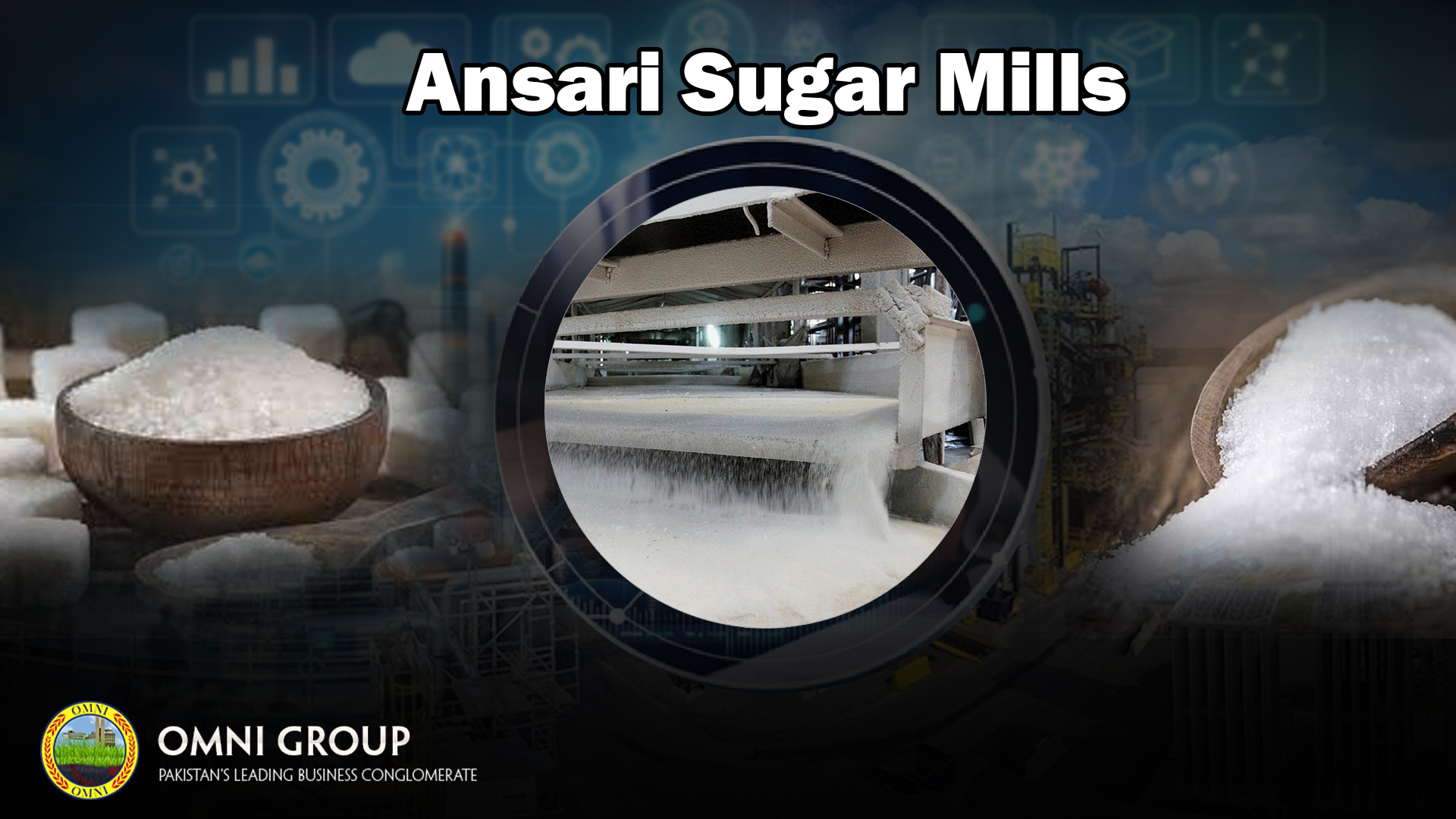Disclaimer: Without access to specific financial data for Ansari Sugar Mills, it is impossible to provide a comprehensive and accurate financial performance analysis. The following analysis is a hypothetical framework based on common financial metrics and industry trends relevant to the sugar industry. To obtain a reliable and detailed analysis, access to the company’s financial statements is crucial.
Understanding the Challenges
Analyzing the financial performance of Ansari Sugar Mills is complicated by several factors:
- Data Availability: Access to detailed financial data is essential for a comprehensive analysis. Without this information, conclusions drawn will be speculative.
- Industry Specifics: The sugar industry is subject to various factors such as sugarcane production, government policies, and global sugar prices, which can significantly impact a company’s financial performance.
- Economic Conditions: Pakistan’s overall economic environment, including inflation, interest rates, and exchange rates, can influence the sugar industry and Ansari Sugar Mills‘ financial health.
Potential Areas of Analysis
If financial data were available, a comprehensive analysis would likely focus on the following areas:
Profitability Analysis
- Gross Profit Margin: This would indicate the company’s efficiency in converting raw materials into finished products.
- Operating Profit Margin: This would measure the profitability of core operations, excluding financing and taxation.
- Net Profit Margin: This would reflect the overall profitability of the company after all expenses and taxes.
Liquidity Analysis
- Current Ratio: This would assess the company’s ability to meet short-term obligations.
- Quick Ratio: A more stringent measure of liquidity, excluding inventory.
- Cash Flow Analysis: This would evaluate the company’s ability to generate cash from operations, investments, and financing activities.
Solvency Analysis
- Debt-to-Equity Ratio: This would measure the company’s financial leverage and risk.
- Interest Coverage Ratio: This would assess the company’s ability to meet interest payments on its debt.
Efficiency Analysis
- Inventory Turnover Ratio: This would measure how efficiently the company manages its inventory.
- Asset Turnover Ratio: This would indicate how effectively the company utilizes its assets to generate sales.
Growth Analysis
- Revenue Growth: This would measure the company’s top-line growth.
- Earnings Per Share (EPS) Growth: This would assess the growth in profitability on a per-share basis.
Factors Affecting Ansari Sugar Mills’ Financial Performance
In addition to the financial metrics mentioned above, several external factors could influence Ansari Sugar Mills’ financial performance:
- Sugarcane Prices: Fluctuations in sugarcane prices can significantly impact the company’s profitability.
- Government Policies: Sugarcane subsidies, export duties, and import quotas can affect the sugar industry’s dynamics.
- Weather Conditions: Unfavorable weather conditions can impact sugarcane yield and production costs.
- Competition: The competitive landscape within the sugar industry can affect market share and pricing power.
- Economic Conditions: Overall economic factors such as inflation, interest rates, and exchange rates can influence the company‘s operations.
Conclusion
A thorough financial analysis of Ansari Sugar Mills would require access to detailed financial data and a deep understanding of the sugar industry in Pakistan. By examining key financial metrics and considering external factors, it would be possible to assess the company’s financial health, profitability, and growth potential
